10 Essential Tips for Improving Your Android’s Performance
Like any other desktop or mobile operating system, your Android OS can start to slow down after using it for a while. Mobile operating systems are designed to be fast and lightweight, giving us access to everything while we’re on the move. But if you want your Android to stay speedy and efficient, it’s time to do some maintenance.
If you’ve noticed that your Android phone is getting slower, especially after installing a bunch of apps from the Google Play store (we’ve all been there), don’t worry – I’ve got some tips to help.
By making a few simple tweaks, you can breathe new life into your Android device, especially if it’s running on Android 4.0 or newer.
Contents
- 1 1. Get to Know Your Device
- 2 2. Keep Your Android Updated
- 3 Step 3: Get Rid of Unwanted Apps
- 4 Step 4: Don’t Use Unnecessary Apps
- 5 5. Keep Your Apps in Top Shape
- 6 6. Get yourself a Speedy Memory Card
- 7 7. Reduce the Number of Widgets
- 8 Avoid Using Live Wallpapers
- 9 Stop Syncing Your Data
- 10 10. Get Rid of Annoying Animations
- 11 Bonus:
- 12 In Conclusion
1. Get to Know Your Device
When it comes to your phone, it’s crucial to understand its strengths and weaknesses. The last thing you want is to overload your phone with demanding apps that could slow it down, all at your expense.
2. Keep Your Android Updated
If you haven’t updated your Android phone to the latest firmware, now’s the time. With each new release, Google brings exciting improvements to the Android operating system. These updates ensure your phone runs smoothly, performs better, and stays connected. Plus, you’ll enjoy new user-friendly features.
And guess what? Tablets can also run on ICS and Jelly Bean. So if you have one, don’t worry. You can update it to Android 4.1 Jelly Bean by heading to System updates and checking under “About phone”.
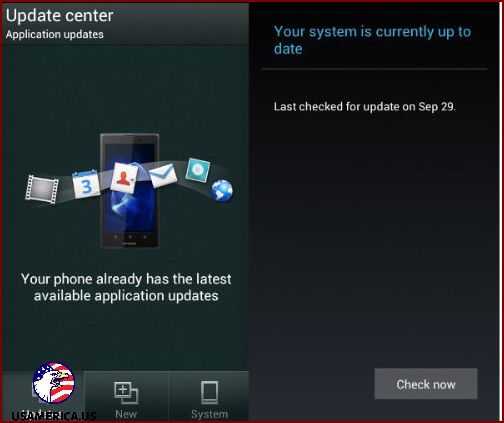
Step 3: Get Rid of Unwanted Apps
Whenever you download and install an app on your phone, it takes up valuable storage space and runs processes in the background. All these things can slow down your phone and eat up your data.
So, here’s what you can do to speed things up: Only keep the apps you actually use, and if you have any apps that you never use, it’s time to uninstall or disable them.
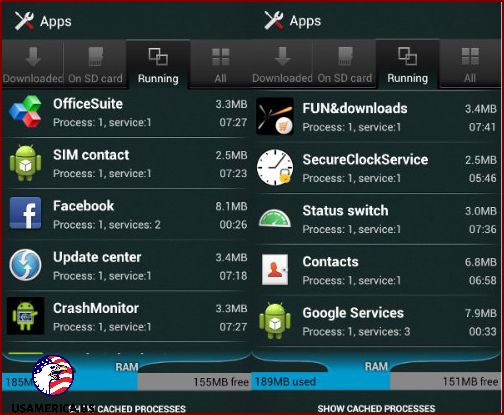
Step 4: Don’t Use Unnecessary Apps
When Android Ice Cream Sandwich (ICS) was released, it brought a helpful feature called “Performance Assistant” to the table. This feature allows you to disable apps that you don’t really need. It’s important to note that disabling an app is different from uninstalling it – disabling simply hides the app from your home screen and app tray, while uninstalling completely removes the app from your device.
By disabling unnecessary apps, you can keep your home screen and app tray clutter-free, making it easier to find the apps you actually use. Plus, disabling apps can help improve the overall performance and speed of your device.
But don’t worry, disabling an app doesn’t mean it’s gone forever. You can always re-enable it whenever you need to use it again. This way, you have control over which apps are visible and accessible on your device, allowing you to tailor it to your own preferences and needs.
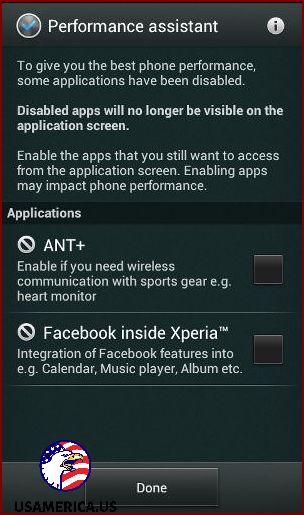
5. Keep Your Apps in Top Shape
Hey there! Did you know that it’s super important to keep your apps up to date? Yup, it’s like giving them a little boost! So, how do you do it? Well, head over to Google Play and make sure to regularly get those updates as soon as they’re ready. Why? Because when you update your apps, you’re not only fixing any issues but also getting shiny new features!
When apps get an update, they become snappier and smoother. They work like a charm and are way less likely to cause your phone to crash. Plus, who doesn’t love discovering cool new things that developers add in the latest versions? It’s like getting a surprise present!

6. Get yourself a Speedy Memory Card
Your phone’s memory card is where all your stuff is stored. If your phone doesn’t have a lot of room on the inside, using a high-capacity memory card can help up your storage game. But that’s not all. It can also make things faster. You can get a memory card that holds anywhere from 2 to 32 GB. And if you want to make your Android phone work better, you should look for one marked “Class 6” or “Class 10”.
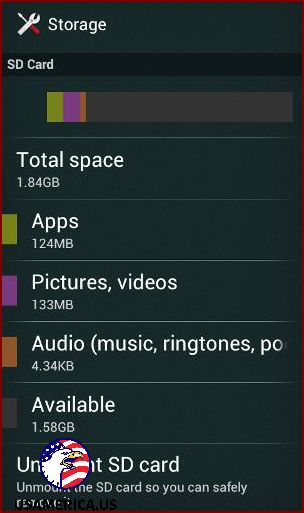
7. Reduce the Number of Widgets
Widgets are different from apps because they’re always running in the background, rather than only activating when you choose to use them. Some Android users find widgets helpful for keeping track of the weather and important dates, while others use widgets like ‘Extended controls’ to easily toggle Wi-Fi, Bluetooth, and GPS settings.
Widgets can be useful, but it’s important to consider that having too many of them running on your homescreen will cause your device to slow down.
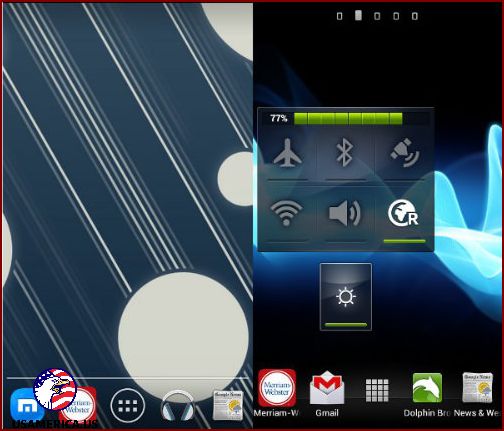
Avoid Using Live Wallpapers
Live wallpapers on Android may seem cool, but be aware that poorly designed ones can drain your battery faster. They require more processing power to run, which can have a negative impact on your device’s battery life. Every time you activate your home screen, not only are your apps running, but your live wallpaper is too. Keep in mind that different manufacturers offer different live wallpapers, so consider their impact on your battery before using them.
Stop Syncing Your Data
Syncing is a useful feature that keeps your data synced with Google servers. It allows you to receive notifications for new emails, app updates, and other important information. However, it refreshes at regular intervals, such as every 5 minutes, which can slow down your Android’s performance for other tasks. If you find that your device is lagging or running slowly, consider disabling the sync feature to improve its overall performance.
Hey, did you know that you have the power to control when and where your stuff gets synced? It’s true! You can easily turn off Sync for services you don’t really need, or you can keep it off and only turn it on when you want to transfer or upload things to Google servers.
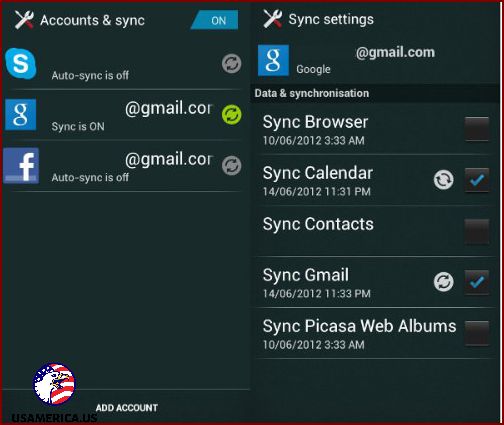
10. Get Rid of Annoying Animations
Did you know that your phone screen does a little fade-out and fade-in dance every time you switch tasks? It’s true! To see it for yourself, just follow these steps:
- Go to Settings
- Select Developer Options
- Tap on Window Animation Scale
- Choose Animation Scale 10x
- Tap on Window Animation Scale again and witness the slow-motion fade-in effect
But here’s the thing — you don’t really need those fancy animations. In fact, you can turn them off completely and make your phone feel lightning-fast. Here’s how:
- Go to Settings
- Select Developer Options
- Turn off Window Animation Scale and enjoy the instant snap-to-action
- You can also turn off Transition Animation Scale using the same method
Trust me, once you try using your Android phone without those animations, you won’t want to go back. It’s like having a speedy ninja phone that responds instantly to your every command! So go ahead and give it a try, and let me know how it feels.
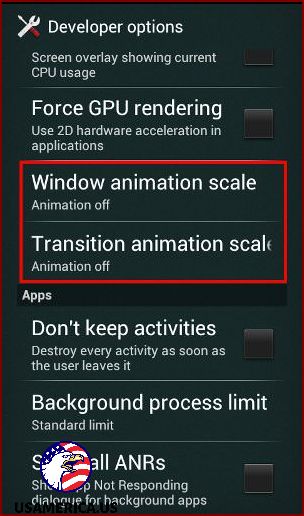
Bonus:
Try a Task Killer/Manager
Why not download a free Task Killer app or Task Manager from Google Play? There are some good ones available, like Advanced Task Killer and Super Task Killer Free. With a task killer, I can stop all those background processes and apps that I don’t need or use anymore.
Just set the options to automatically kill any unnecessary apps after a certain amount of time. For example, you could use Update Manager to get rid of those pesky update notifications that don’t come every minute or hour. You can also disable any pre-installed apps on your phone that you don’t want or need. It’s like having full control!
You Can Root Your Android
Did you know that Android is built on the Linux kernel, just like any other operating system? That means you have the power to root your Android phone and take control! When you root your Android, you become the boss, with administrator-level access.
What does that mean? It means you can uninstall any of those pre-installed apps that came with your phone but aren’t really your cup of tea. No more bloatware or unwanted apps cluttering up your phone! You get to decide what stays and what goes.
So, you want to take your Android phone to the next level? I’ve got just the thing for you!
You can unleash the full potential of your phone by rooting it. What does that mean? Well, it means gaining access to the deep, inner workings of your device. Think of it like unlocking a secret door to a whole new world.
Once you’ve rooted your Android, the possibilities are endless. You can supercharge your phone by flashing it with custom ROMs. These are like different flavors of Android that can better suit your needs or match your personality. Plus, they can improve the performance and battery life of your phone. Who wouldn’t want that?
But that’s not all. Rooting allows you to update your phone to the latest operating system or updates, even if they’re not officially supported for your phone model. It’s like having a VIP pass to all the latest features and improvements.
Now, before you dive headfirst into rooting, there are a few things you should know. First, most manufacturers consider rooting to be a big no-no. If you root your phone, your warranty goes out the window. So, if you’re still covered by the warranty and don’t want to lose it, you might want to think twice.
Second, rooting is not for the faint of heart. It’s a bit like walking a tightrope without a safety net. One wrong move and you could end up bricking your phone. Yep, that’s right – turning it into a fancy paperweight. So, if you’re not confident in your tech skills, it may be best to leave the rooting to the experts.
So, there you have it. Rooting can be a game-changer for your Android phone. It can open up a whole new world of possibilities and make your phone feel brand-new. Just remember to weigh the pros and cons before taking the plunge. Happy rooting!
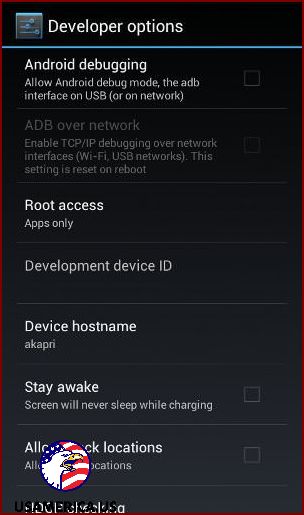
Optimize Your Phone’s Performance with Lightweight Background Apps
We all love listening to music, but have you ever stopped to think about how much memory your music player app takes up just to play a single album? The same goes for other background apps you may have running on your phone. So why not make a change and start using lightweight apps for these tasks?
Instead of using apps that require a hefty amount of storage, like those that take up 10 MB or more, opt for ones that are much smaller and require only 1 MB of installation space. These lightweight apps not only save you precious storage space, but they also consume less RAM, resulting in improved battery life and overall phone performance.
In Conclusion
By following the suggestions, tips, and tweaks outlined above, you can significantly enhance the speed and smoothness of your Android device. And remember, if you have any other performance-enhancing tips and tricks, don’t hesitate to share them with us!
